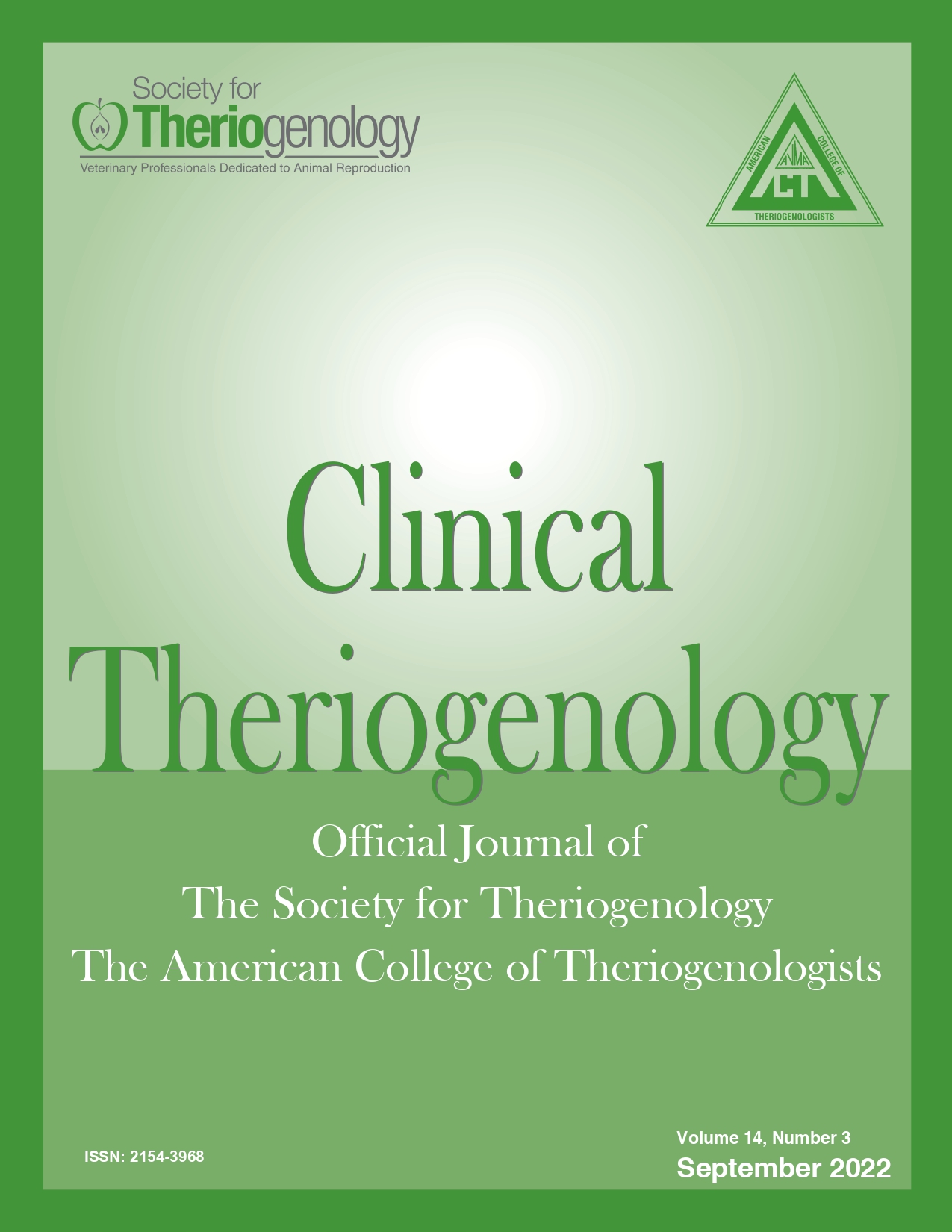Effect of endocrinopathies on fertility in the mare. Part 2:
Pituitary pars intermedia dysfunction
Abstract
Due to advances in veterinary medicine, equine geriatric population has markedly increased. Without losing perspective of the reproductive problems associated with ageing, it is very important to consider the endocrinologic/metabolic problems (e.g., pituitary pars intermedia dysfunction [PPID; i.e., equine Cushing’s disease]) that may also directly impact fertility in this group. PPID is neurological in origin and negatively affects mare’s fertility. Frequent clinical signs are: older mare with abnormal, ectopic fat deposits, hirsutism, abnormal estrous cycles, anovulatory follicles, frequent or persistent endometritis, and laminitis. A large number of mares with PPID may develop insulin dysregulation (ID) and insulin resistance (IR) due to the persistent hyperglycemia resulting in ectopic fat deposits or the genetic link that PPID shares with equine metabolic syndrome. Diagnosis of PPID requires a detailed history and physical evaluation combined with appropriate laboratory tests. Treatment for PPID comprises good management and treatment with either dopamine agonists (pergolide, cabergoline) or cyproheptadine, or a combination. A few studies linked or associated subfertility with this condition, and clearly, there is a need for further investigation.
Downloads

This work is licensed under a Creative Commons Attribution-NonCommercial 4.0 International License.
Authors retain copyright of their work, with first publication rights granted to Clinical Theriogenology. Read more about copyright and licensing here.







